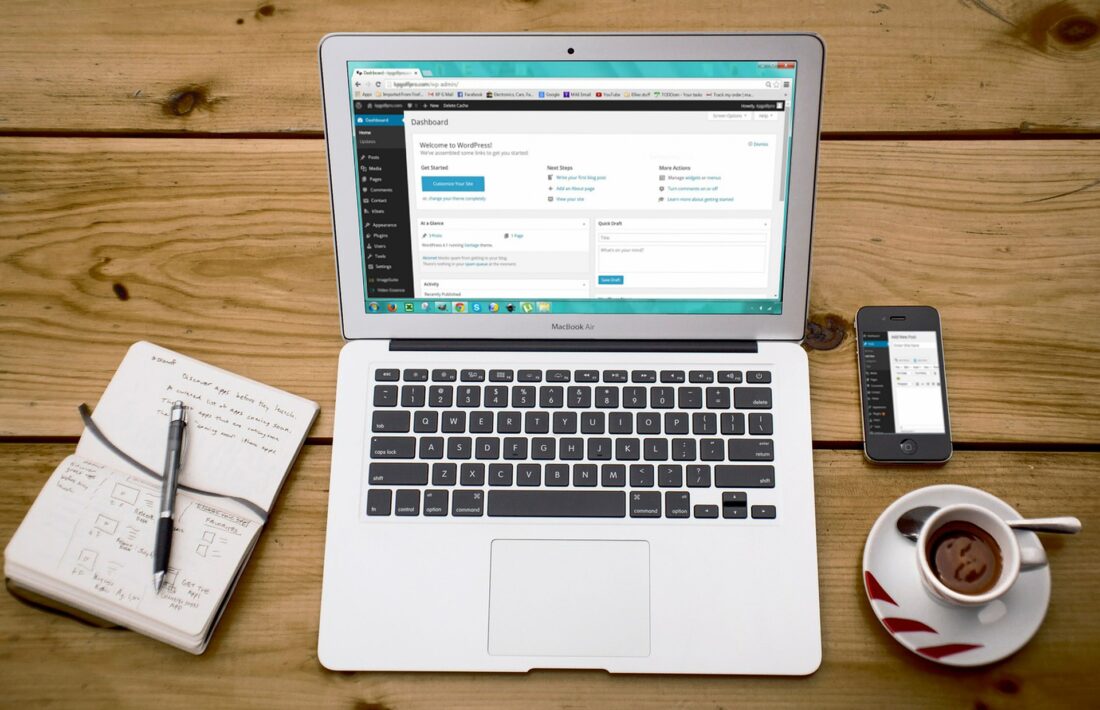How to Make Your Website Suitable for Visually Impaired Readers, According to accessiBe
Simply put, website accessibility enables individuals with disabilities to understand, navigate, perceive, interact with, and contribute to the internet. Similar to the Americans with Disabilities Act that was introduced in 1990, which forced businesses to provide wheelchair access to all buildings constructed after 1990, website designers should ensure equal access for all individuals by creating a website that can be understood, used, and accessed by people with a range of auditory, visual, cognitive, and physical abilities.

Because internet experiences are mainly visual, the web is full of tools, sites, and apps that are unusable for people who have visual impairments. Despite this, research has shown that visually impaired individuals still choose to surf the internet, send emails, and do anything else they can possibly do on the internet.
Although visually impaired users still surf the internet, there are lots of things we can do to make it more inclusive for them. Keep reading below to find out how to make your website suitable for the visually impaired, according to accessiBe:
Table of Contents
1. Provide Sufficient Contrast Using Textures and Colors
According to accessiBe, one of the best tips when trying to make your website suitable for the visually impaired is to check the colors on your website to make sure they have the proper contrast ratio for readability. There are lots of different tools available to help you do this.
One tool that can help you to make your website more accessible for visually impaired users is accessiBe. accessiBe uses image recognition and contextual understanding to search and evaluate the functionality of every part of your website and adjusts it for screen reader accessibility.
Allow Manual Font Size Adjustments
Another great tip is to enable visually impaired individuals to change the text size on your website. Simply add a slider, a button, or a drop-down box on your website that allows users to change the font size easily. This can help to make your website more user-friendly.
2. Allow Keyboard Accessibility
accessiBe has also found that lots of visually impaired people find navigating websites easier with keyboard shortcuts. Many of them find using a mouse difficult, as you need hand-eye coordination to use a mouse effectively. This is particularly true for individuals who are clinically blind, and who use screen readers to search the internet.
For people with poor, or no vision, keyboard commands make it possible to navigate a webpage without having to focus on a moving cursor on the screen.
According to the World Health Organization (WHO), approximately 253 million people in the world are visually impaired. 36 million of these individuals are classed as clinically blind and the other 217 million of them have vision problems that range from moderate to severe. Making your webpage accessible to these individuals is about leveling the playing field. Just imagine what they could achieve if they were able to gain full access to the internet. If you want to make your webpage more suitable for the visually impaired, follow the advice we have listed above.









